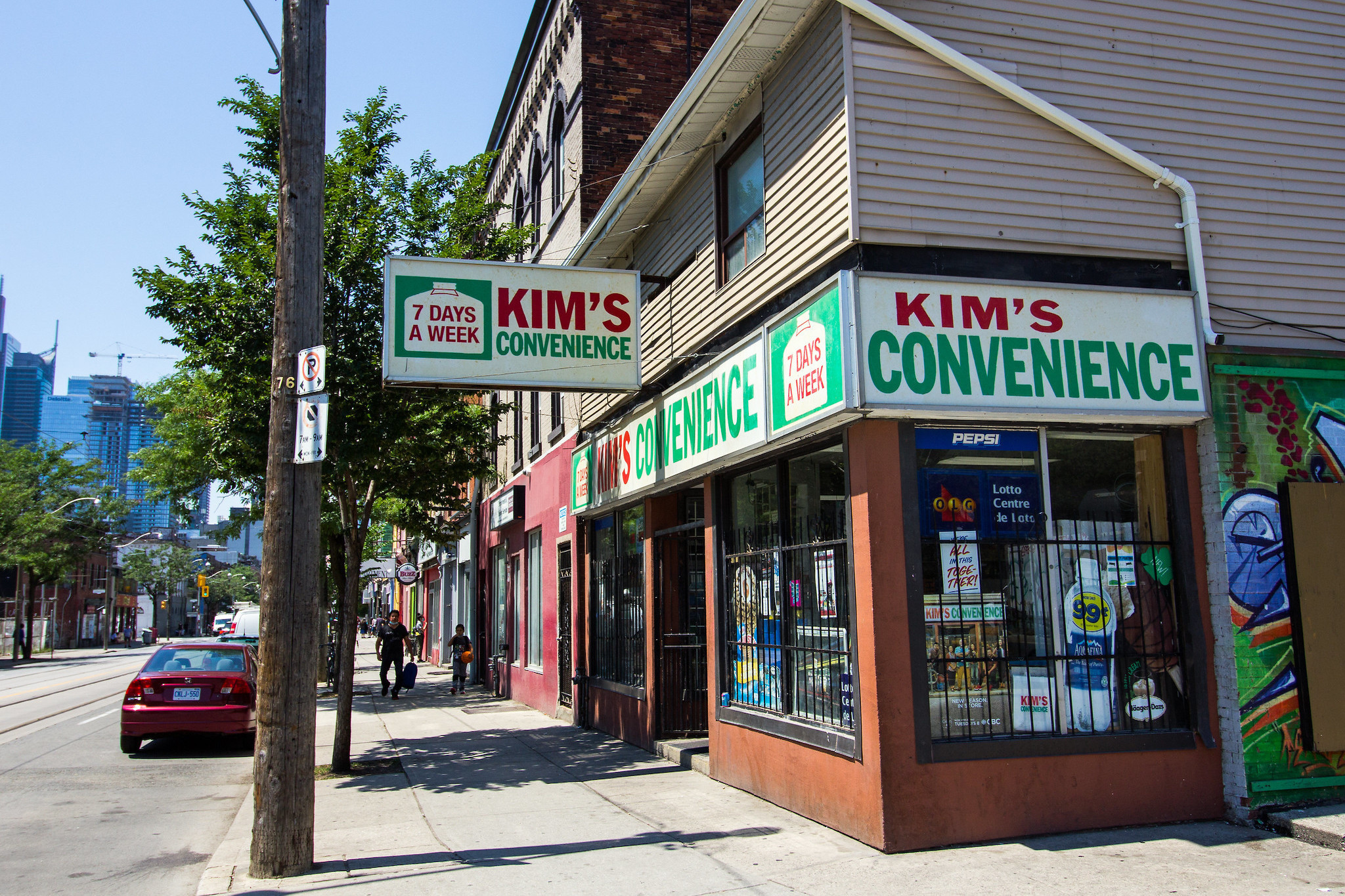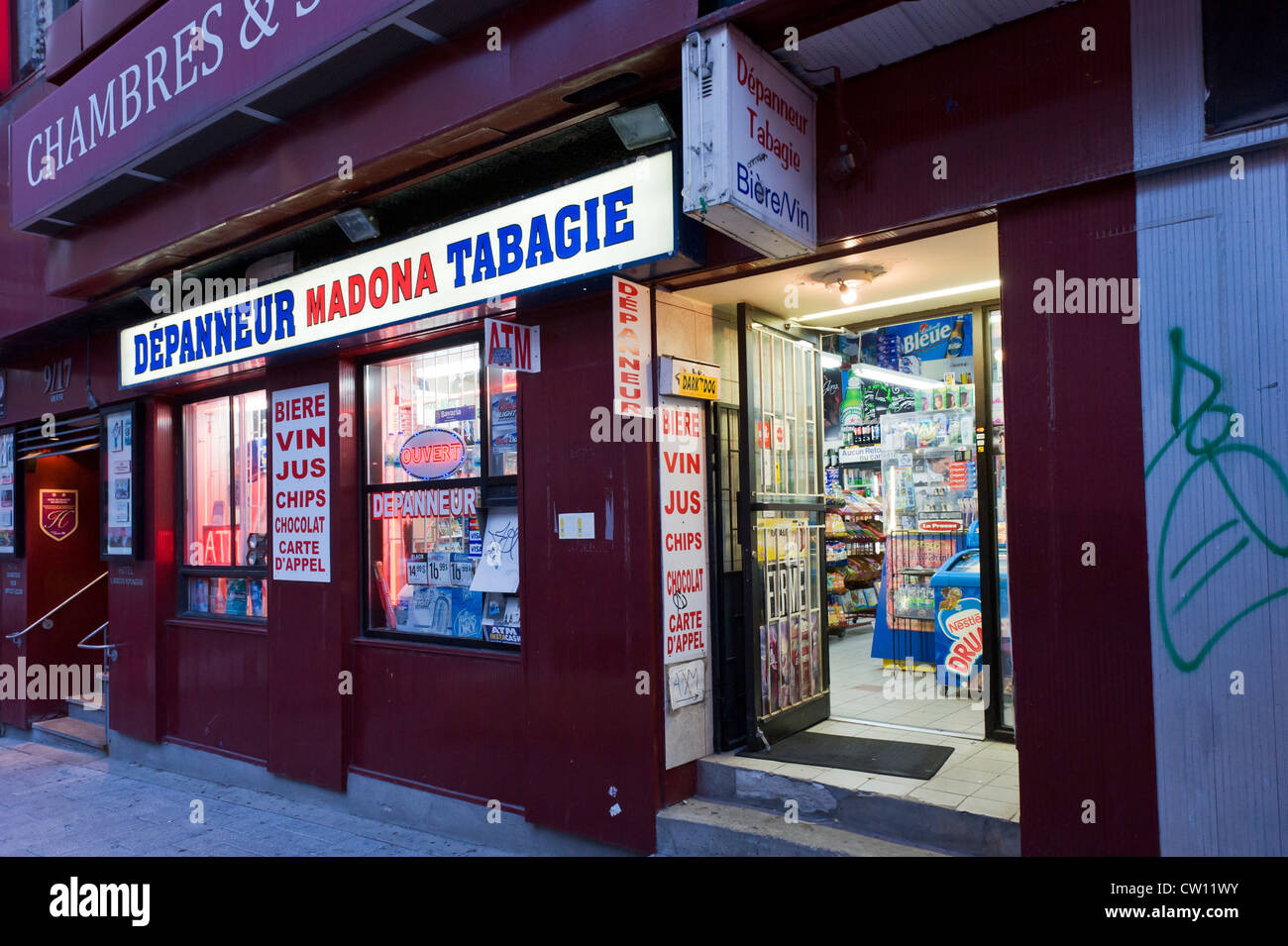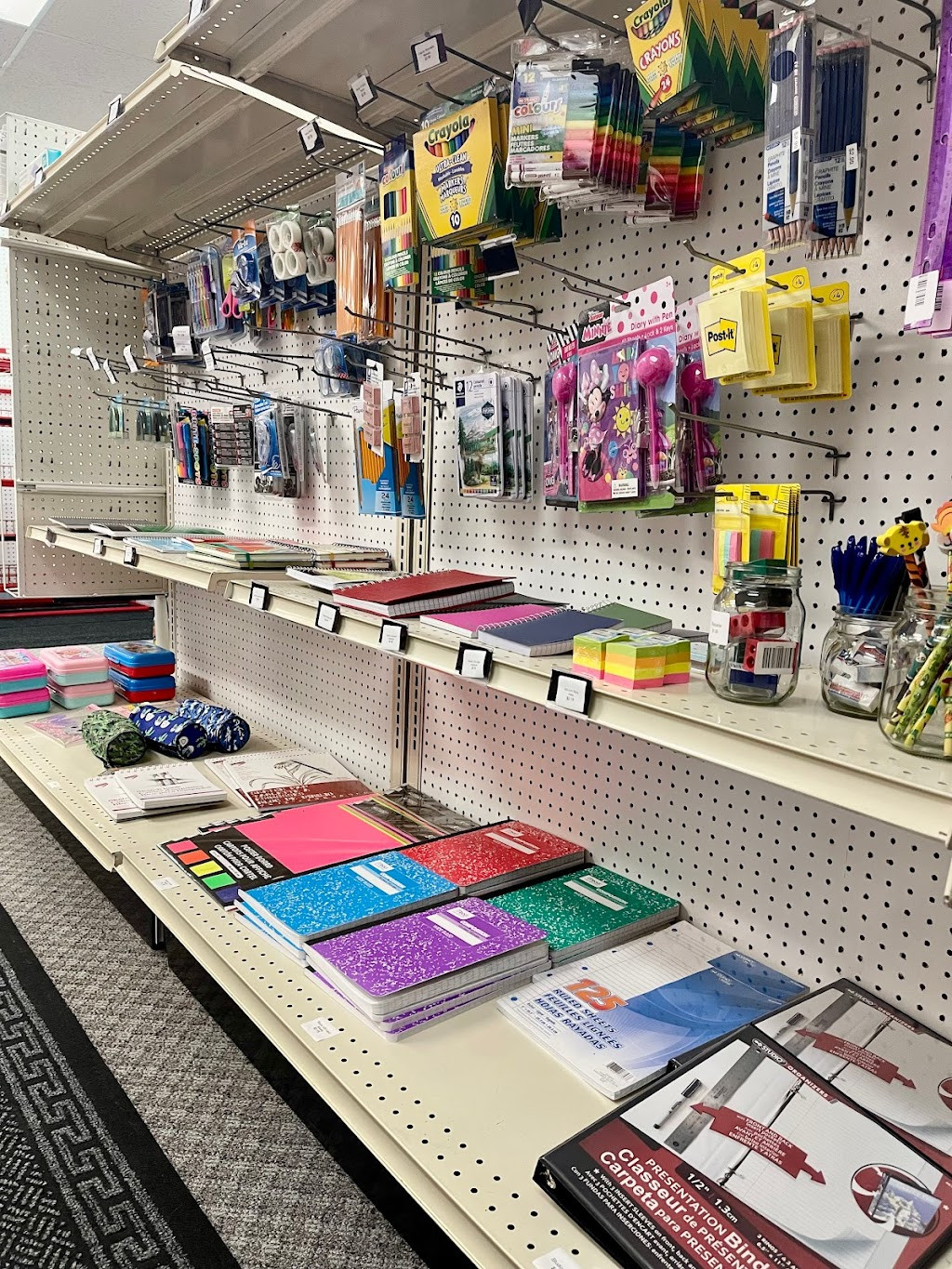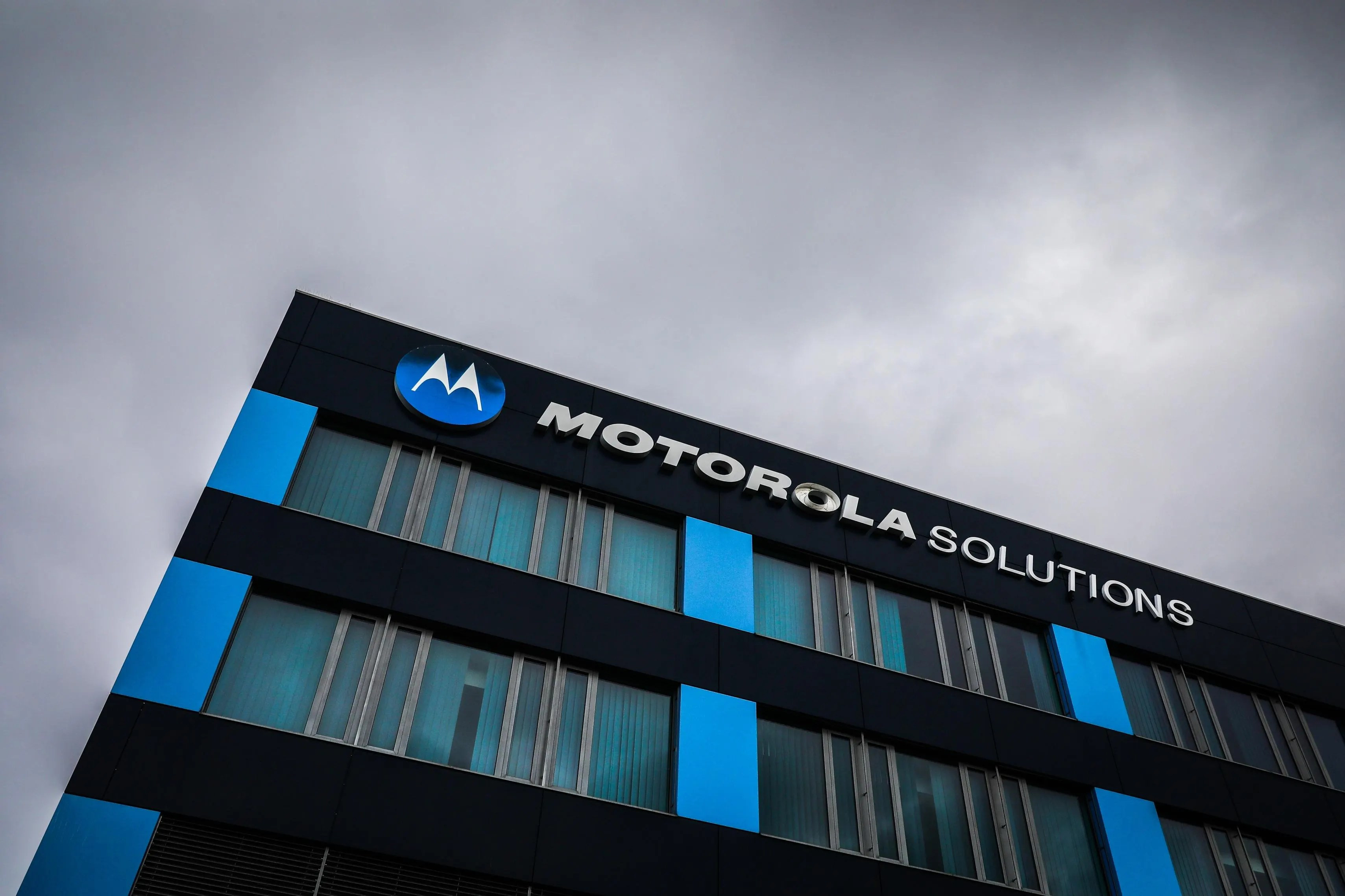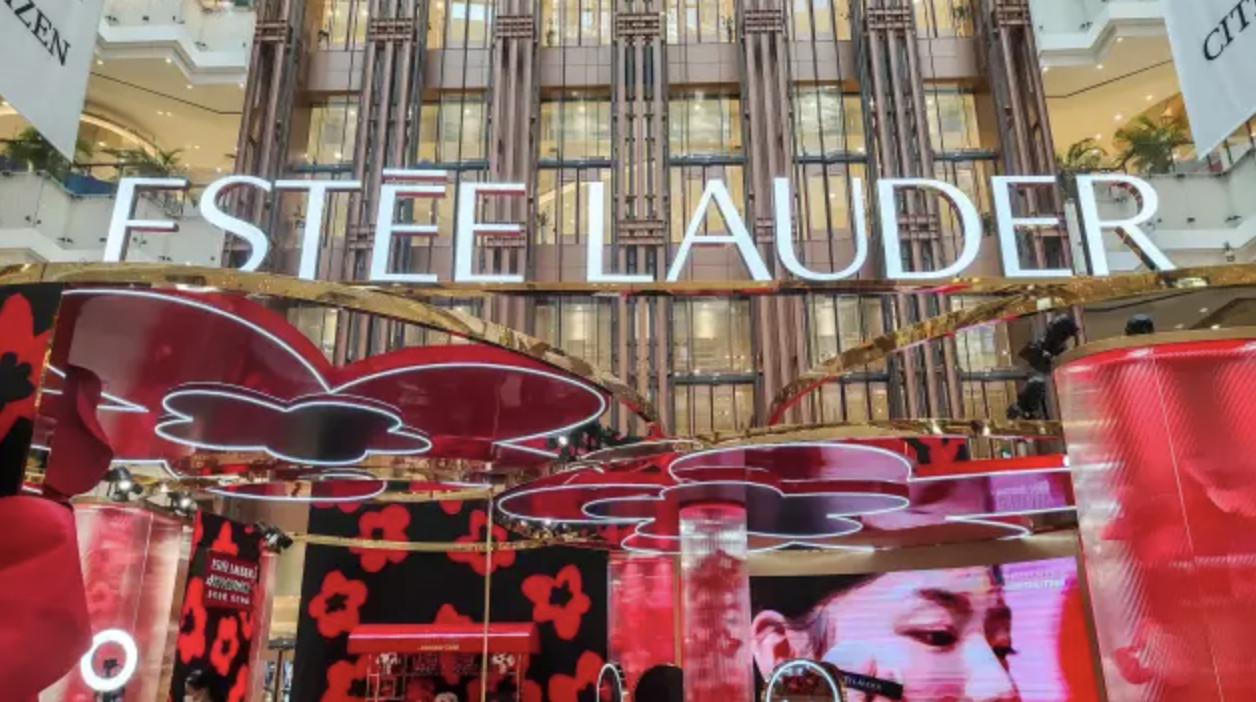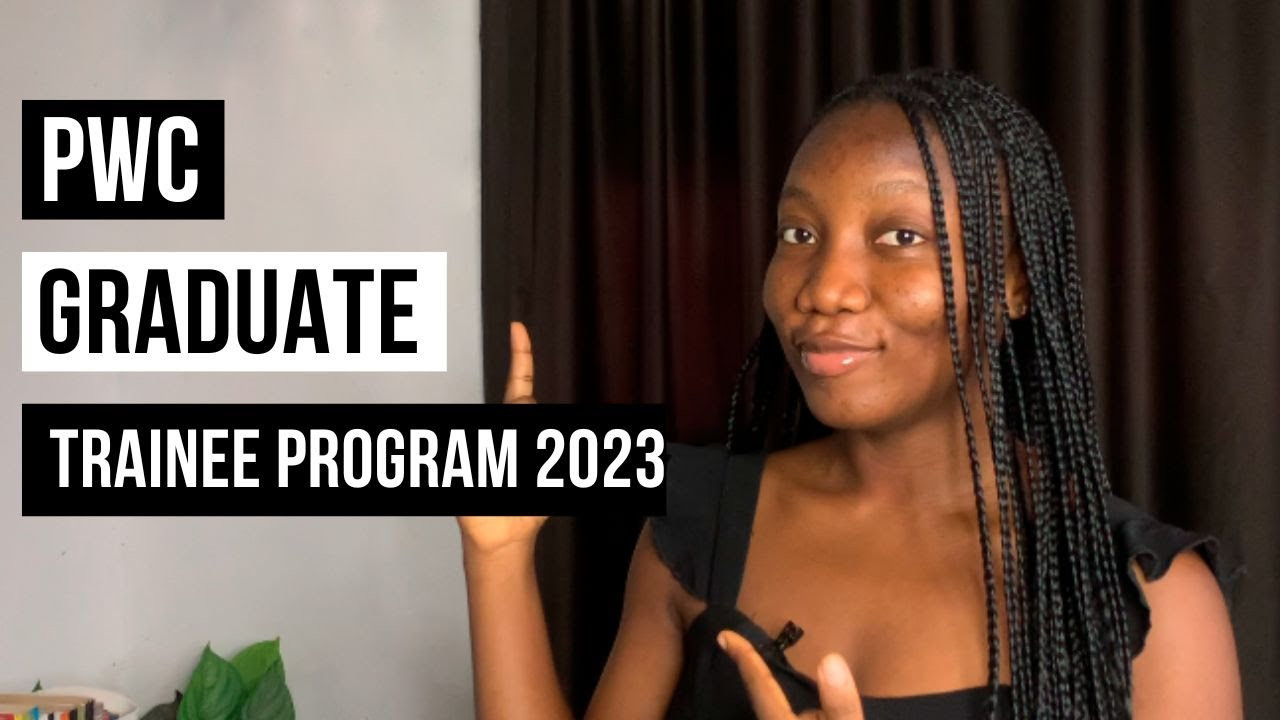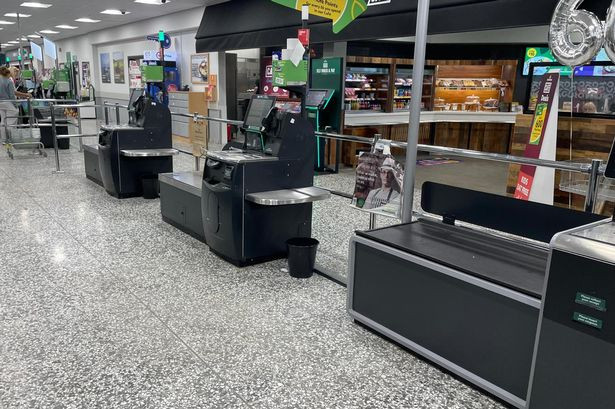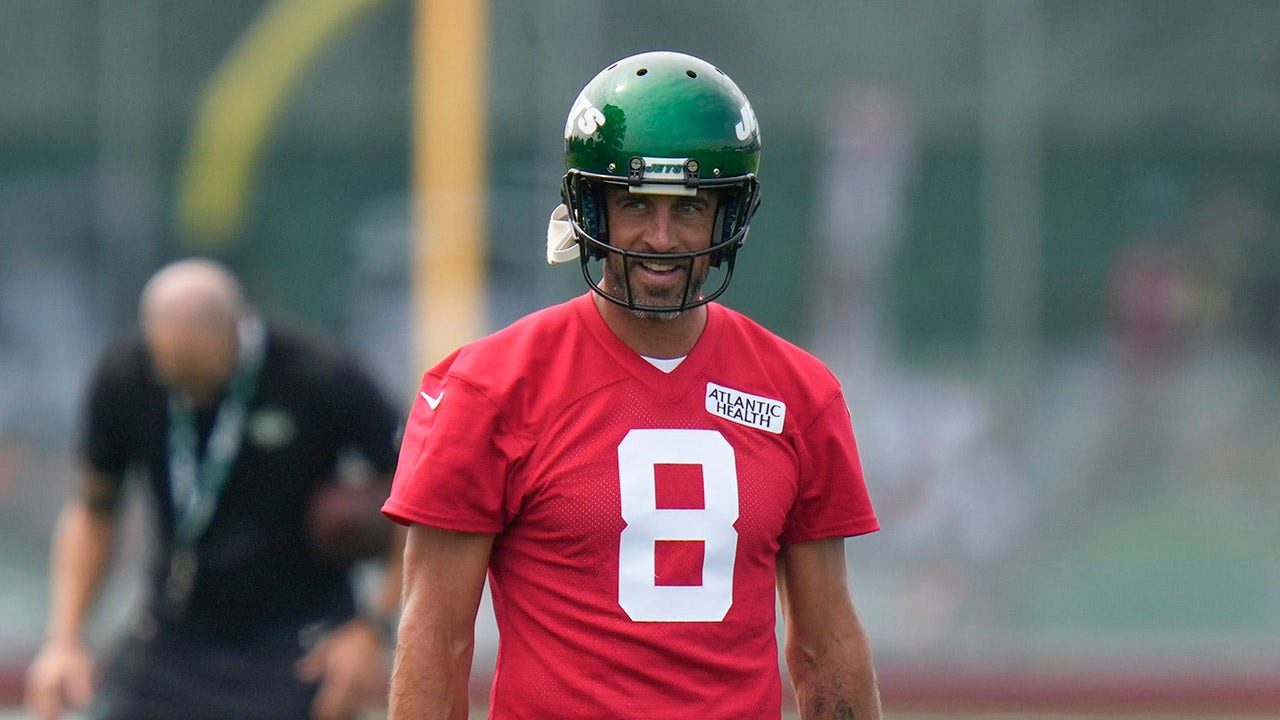The convenience store, or konbini, is an institution of modern Japanese life. Open at all hours, it offers customers tasty food and household essentials, as well as the ability to pay bills and send parcels. The industry leader, 7-Eleven, perfected new products, such as takeaway onigiri, or rice balls, and eventually took over the American chain from which it sprang. But if Alimentation Couche-Tard (ACT), a Canadian retailer that operates the Circle K chain of shops, has its way, 7-Eleven will no longer be Japanese.
In a statement Monday, Seven & I Holdings, the operator of 7-Eleven, confirmed it had received an offer from Canada’s Alimentation Couche-Tard to acquire all of its outstanding shares.
Seven & I said it had formed a “special committee” to evaluate the proposal and that no decision had yet been made.
“The special committee intends to conduct a prompt, careful, and comprehensive review of the proposal, the (Seven & I’s) stand-alone plans, and other alternatives for enhancing corporate value, after which a response will be made to (Couche-Tard),” it added.
Couche-Tard confirmed what it called a “friendly” proposal to acquire Seven & I, but said “there can be no certainty” that a deal will be struck. “The company is focused on reaching a mutually agreeable transaction,” it added in a statement. It did not disclose financial details.
Shares of Seven & I closed almost 23% higher in Tokyo Monday, pushing the company’s market value above $38 billion. That suggests a deal value in excess of any other foreign-led takeover in Japan since Dealogic started collecting data in 1995. It would also be the largest cross-border takeover globally in 2024, according to Dealogic.
The takeover bid comes after the Japanese government made it harder for companies to ignore unsolicited offers. The changes to corporate takeover guidelines are expected to boost foreign investment into the country.
Implications of the Acquisition
If the deal goes ahead, it will expand Couche-Tard’s already impressive footprint across North America, where it operates Couche-Tard and Circle-K convenience stores, and Europe, where it also runs Ingo fuel retailers.
The combined entity would control almost a fifth of the US convenience store market, according to Neil Saunders, managing director of GlobalData. That level of concentration “will almost certainly attract” scrutiny from America’s antitrust regulator, the Federal Trade Commission, he said.
“The other potential barrier to a merger will be the complexity of buying a Japanese firm. Although there have been reforms in the country to make takeovers easier, most Japanese firms are very cautious and resistant to change,” he added.
Couche-Tard has made several acquisitions over the past decade, although this takeover would be the biggest by far. It comes more than three years after its failed attempt to buy the Carrefour supermarket chain in 2021 when the French government blocked the deal.
Seven & I Holdings operates more than 83,000 stores around the world, including 7-Eleven shops and the Speedway chain of gas stations in the United States. The group bought Speedway from Marathon Petroleum for $21 billion in 2021, boosting its presence in North America.
Although 7-Eleven traces its origins to Dallas, Texas, it is the late Japanese entrepreneur Masatoshi Ito who is credited with turning it into a global brand that sells everything from yoghurt to ready-made meals and medicines. Ito died last year at the age of 98.
History of the Two Companies and Their Acquisitions
Alimentation Couche-Tard Inc.’s takeover approach to the parent company of the 7-Eleven convenience store chain is the most ambitious idea yet by a company that was built on making one deal after another.
Couche-Tard confirmed Monday that it has made a “friendly, non-binding proposal” to Japan’s Seven & i Holdings Co., which had a stock market value of about $38 billion as of Monday’s close in Tokyo. There’s no guarantee any agreement can be reached, the company cautioned — and there are significant barriers to completing such a massive deal.
But if the Canadian company can pull it off, it would be the fulfillment of a dream for founder and Executive Chairman Alain Bouchard, who has been eyeing 7-Eleven for decades. Bouchard made his first approach around 2005, looking for a deal with the Japanese company for its US business, according to a biography published several years ago. The idea was shot down quickly.
Bouchard moved on, targeting a series of convenience store and gas station deals in the US and Europe before eventually turning his sights on Carrefour SA in 2021. Negotiations on a $20 billion offer for the supermarket chain died in the morass of French politics, but last year the company landed a smaller deal in Europe, acquiring about 2,200 stores from TotalEnergies SE for €3.1 billion ($3.4 billion).
During a presentation in Phoenix, Arizona, last year, Chief Executive Officer Brian Hannasch and other executives made it clear to investors and analysts that they were nowhere near done. They laid out broad plans to scour the US, Europe, Latin America and Southeast Asia for acquisition targets.
“We are experts in closing and integrating M&A around the globe,” they said in a document presented to investors. “We have the balance sheet to consider very large deals where only a few others can play.”
“There has been a lot of ambition to go to Asia,” said Bloomberg Intelligence analyst Diana Rosero-Pena. Couche-Tard has less than 1% market share in the region, compared with 31% for Seven & i, she said.
A deal may be valued at as much as $86 billion, she wrote, based on a multiple of 11.5 times earnings before interest, taxes, depreciation and amortization. Some analysts said Monday that Couche-Tard can afford the acquisition, but would likely finance it with a mix of debt and equity.
The History of Couche-Tard
Deals are in the company’s DNA. It all began in the 1980s, when Bouchard set up shop in a Montreal suburb, starting with a single convenience store, known as a dépanneur in the French-speaking Canadian province.
He sought first to consolidate in Quebec and in Canada — adding hundreds of stores across provinces — then moved into international markets. Today it has about 16,700 stores spread in 31 countries and territories; about 75% of those locations have been added through acquisition.
The Circle K owner still sees more opportunities in the US market. Less than an hour after confirming its proposal to Seven & i, the company announced the acquisition of 270 GetGo retail and fueling locations from Pittsburgh-based Giant Eagle Inc. for an undisclosed amount.
Couche-Tard is now the second-largest US operator with more than 7,100 locations, representing about 5% of convenience stores, and another 2,100 in Canada. The acquisition of 7-Eleven’s 13,000 locations in those two countries has the potential to raise competition concerns.
“We would also expect some level of divestitures will need to take place within the US industry, but Couche-Tard would want to keep the Speedway assets,” said Raymond James analyst Bobby Griffin in a note to clients. Seven & i beat out Couche-Tard in an auction for Marathon Petroleum Corp.’s Speedway gas stations in 2020.
Future Plans and Perspective
A spokesperson for Couche-Tard declined to comment beyond the company’s Monday morning statement. In the company’s most recent quarterly earnings call, at the end of June, Hannasch told analysts that a few deal ideas had come across his desk, “a mix of both Europe and North America and a mix of size.”
“We’ll remain disciplined, we commit to that,” he said, “but we’d like to think we can land a few opportunities over the coming quarters.”
Couche-Tard has had only two CEOs in its history — Bouchard, who’s one of Canada’s richest people with a fortune of about $8 billion, and Hannasch. That will change on Sept. 6, when Chief Operating Officer Alex Miller takes the helm. Hannasch plans to remain with the organization as a special adviser for the next couple of years, with a focus on M&A.
Couche-Tard serves millions of customers a day with fuel, food, snacks and tobacco. About three-quarters of its revenue comes from fuel, where scale matters: the company is known for flexing its negotiating muscle to generate higher margins on gasoline.
In recent years, the company has advanced a strategy to improve its in-store sales, with fresh food products such as hot sandwiches, pizza, chicken and other meals. Its merchandise and service business enjoys gross margins that are three times that of the fuel business.




